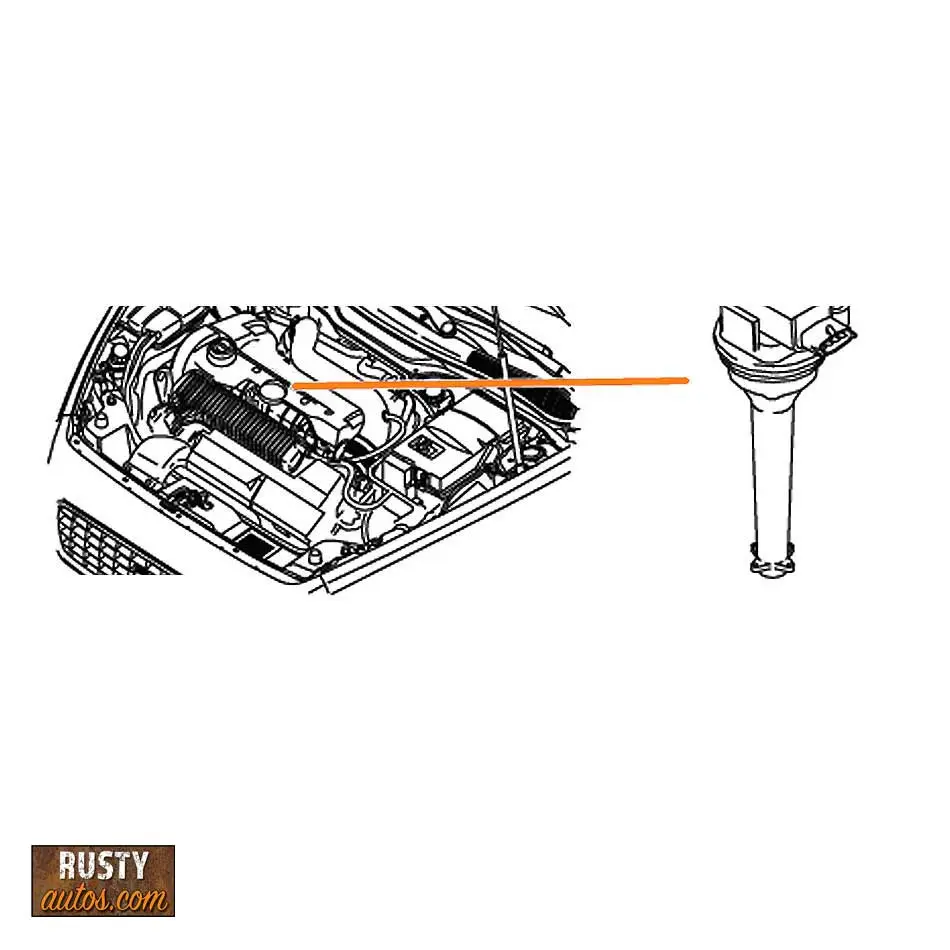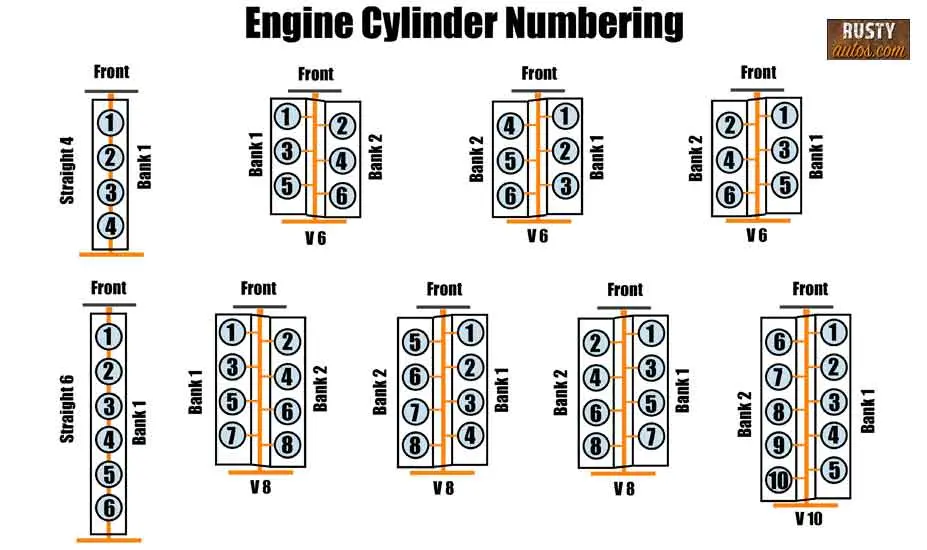
If you’re an automotive enthusiast, you might have encountered the term “P0301” before. This code is associated with engine misfires, one of the most common issues car owners face.
I’m John Cunningham, a qualified mechanic, you are in the right place, and very shortly, you’ll have a good understanding of the cause, the diagnosis process, and the fix.
On this page, we’ll briefly outline the following:
What is P0301?
P0301 is a diagnostic trouble code that indicates a misfire in cylinder 1 of your car’s engine.

It’s part of a code series that starts with “P030” and ends with a number corresponding to the specific cylinder. For instance, P0302 indicates a misfire in cylinder 2, P0303 in cylinder 3, and so on.
P0301 Symptoms
Here are the top symptoms that you might experience if your car has a P0301 code:
- Check Engine Light: The most common symptom is the illumination of the Check Engine Light on your car’s dashboard.
- Engine Misfires: You might feel your engine stumble, hesitate, or vibrate, particularly when idling or accelerating.
- Rough Idling: The engine may idle roughly or feel uneven when at a stoplight or when in park.
- Poor Fuel Economy: Due to the misfiring, your car may experience poor fuel economy.
- Reduced Power: You may notice a lack of power during acceleration or when driving up hills.
- Strange Engine Sounds: You might hear knocking, popping, or backfiring sounds coming from your engine.
- Smell of Gasoline: Unburned fuel can sometimes exit through the exhaust, causing a smell of gasoline.
What causes P0301?
The root cause of P0301 can be traced to one or more of the following issues:
- Ignition System Problems: Faulty spark plugs, ignition coils, or spark plug wires can prevent adequate spark from igniting the fuel in cylinder 1, resulting in a misfire.
- Fuel System Issues: Clogged or dirty fuel injectors, a failing fuel pump, or a malfunctioning fuel pressure regulator can lead to insufficient fuel delivery to the engine.
- Engine Mechanical Problems: Worn out piston rings, a damaged cylinder wall, or a leaky head gasket can all affect the compression of cylinder 1, leading to misfires.
- Other Factors: Sometimes, a damaged or dirty airflow sensor, a faulty EGR valve, or even a vacuum leak can trigger a P0301 code.
How to diagnose P0301?
Diagnosing a P0301 code involves a series of tests to determine the root cause of the misfire. Here are some steps you can follow:
- Check for other fault codes: Sometimes, P0301 can be accompanied by other codes that can provide additional clues about the issue.
- Inspect the ignition system: Check the spark plugs, ignition coils, and spark plug wires for any signs of damage or wear. Replace any defective components.
- Examine the fuel system: Inspect the fuel injectors, fuel pump, and fuel pressure regulator for any issues. Clean or replace components that are dirty or faulty.
- Check engine compression: Use a compression tester to measure the compression of cylinder 1. Compare the readings to the manufacturer’s specifications.
- Look for vacuum leaks: Use a smoke machine or propane torch to check for leaks around the intake manifold, throttle body, and hoses.
- Perform an EGR test: Check the EGR valve for proper operation using a vacuum pump or scan tool.
Common fix for P0301
Once you’ve identified the root cause of the P0301 code, you can take the necessary steps to fix the issue. Here are some common fixes:
- Replace faulty ignition components: If the problem is with the ignition system, replace the faulty spark plugs, ignition coils, or spark plug wires. Make sure to use high-quality parts that are compatible with your car’s make and model.
- Clean or replace dirty fuel system components: If the issue is with the fuel system, clean the fuel injectors using a fuel injector cleaner. If the injectors are beyond repair, replace them. Check the fuel pump and fuel pressure regulator for proper operation, and replace them if necessary.
- Repair engine mechanical problems: If the problem is due to engine mechanical issues, such as a damaged cylinder wall or worn-out piston rings, you may need to perform an engine overhaul or rebuild. Alternatively, a leaky head gasket can sometimes be fixed by replacing the gasket.
- Fix other issues: If the problem is due to other issues, such as a vacuum leak or a faulty EGR valve, repair or replace the affected components.
Sum Up
P0301 is a common issue that can affect any car, regardless of its make or model. If you experience any of the symptoms listed above, it’s important to take action and diagnose the issue as soon as possible. Ignoring a misfire can cause serious damage to your engine and lead to expensive repairs.
By following the steps outlined in this blog post, you can identify and fix the root cause of P0301, ensuring your car runs smoothly and efficiently.
About the Author
This article was created with the assistance of AI technology to aid the author, John Cunningham, who is a seasoned Red Seal-certified auto technician with more than 25 years of experience in vehicle repairs. However, please note that John Cunningham has edited the content to ensure accuracy and quality.
You may find the following links helpful:
- How to use a fault code reader (video)
- Fault code reader I recommend for DIYers
- Fault code index page
- Beginner DIY maintenance page
- DIY troubleshooting and repair page
- Recommended mechanics tools
- Are OBD scanners universal?
- OBD won’t connect
- OBD won’t clear codes
- OBD scanner won’t turn on
- About the Author
- Latest Posts
John Cunningham is an Automotive Technician and writer on Rustyautos.com. He’s been a mechanic for over twenty-five years and has worked for GM, Volvo, Volkswagen, Land Rover, and Jaguar dealerships.
John uses his know-how and experience to write fluff-free articles that help fellow gearheads with all aspects of vehicle ownership, including maintenance, repair, and troubleshooting.

